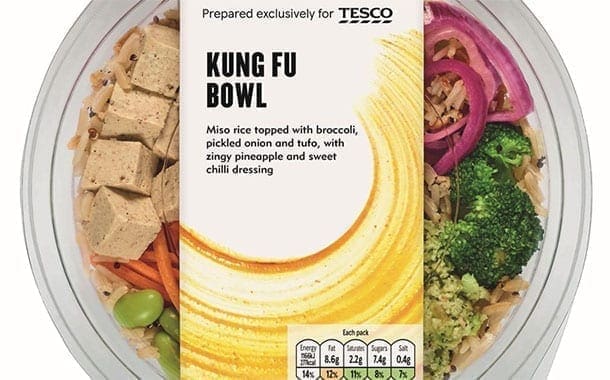NETHERLANDS – New flavor development and innovations are largely driven by growing interest in natural, clean label and healthier options, according to July 2019 Innova Market Insights report.
Global flavor developments in food and beverage are characterized by consumer research as manufacturers look to address the changing tastes and preferences.
In its Top Flavor Trends for 2019, ‘New Discoveries’ tops the list of what is really driving the industry as consumers move out to explore new food experiences.
Based on the statistics from its survey, two out of three US respondents agreed with a statement that they love to discover new flavors.
For those who think otherwise, there is need for reinventing classic flavors with novel twists, alongside developing new and more unusual flavors and combinations.
Brands are leaning towards more remarkable and unusual flavor hybrids, as well as stronger taste experiences (hot, sweet, savory, etc.), while sour options are also surging in popularity.
According to Innova Market Insights, well-established sweet and salty combinations are being joined by a whole raft of other hybrid flavor solutions, led by initiatives such as sushi pizza, spicy tuna roll corn dogs, pasta bacon tacos and ramen burgers in the foodservice sector.
“Established flavors perceived to be dull are being reinvented, often in much more complex and sophisticated combinations.
“An aging population globally is driving the demand for more adult-oriented options, with traditional coffee flavor, for example, increasingly giving way to more upmarket, added-value and on-trend options, such as Cold Brew Caramel Latte, in a whole range of food and beverage products.
“As well as coffee, other adult-oriented flavors growing in popularity include various types of alcohol, as well as smoke/roasted options,” read the report.
Cultural celebration has also been identified as a top trend due to increasing interest in diverse flavors inspired by foreign cuisines.
This is evidenced by emergence of Southeast Asian, East Asian, Mediterranean and Middle Eastern flavors in traditional and familiar Western snacks, beverages and ready-to-eat meals.
This category is not only driven by demand for authentic-style ethnic flavors but also recipes and even product/ingredients origins/provenance.
Rising demand for exotic flavors and convenient home cooking is driving growth of launches with an Umami claim.
Treats with Umami taste are common in the East, though less known in Western countries.
Use of ingredients with a natural source of Umami taste is attributed to recent focus on mindful food choices and the demand for clean and healthy products.
The report has also identified other trends driving flavor innovations: bitter notes, use of botanicals, fruitful favorites, functional flavors and flavor connections.










